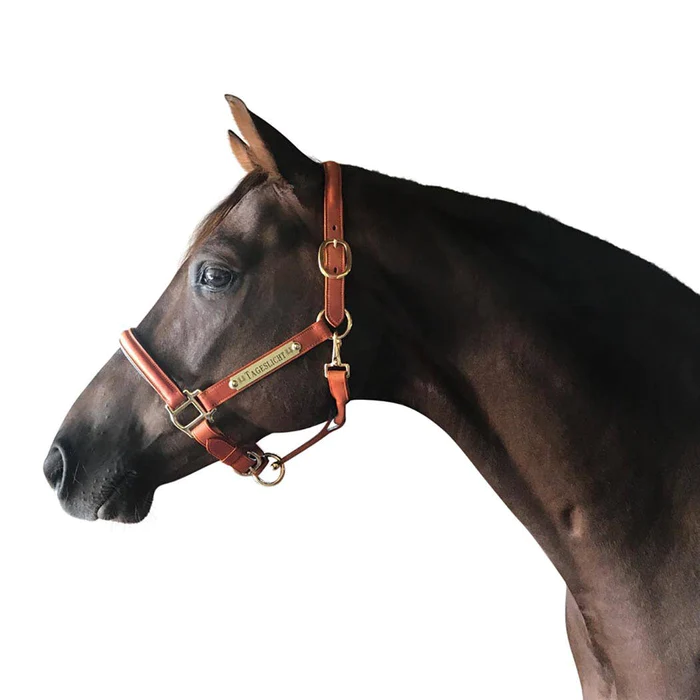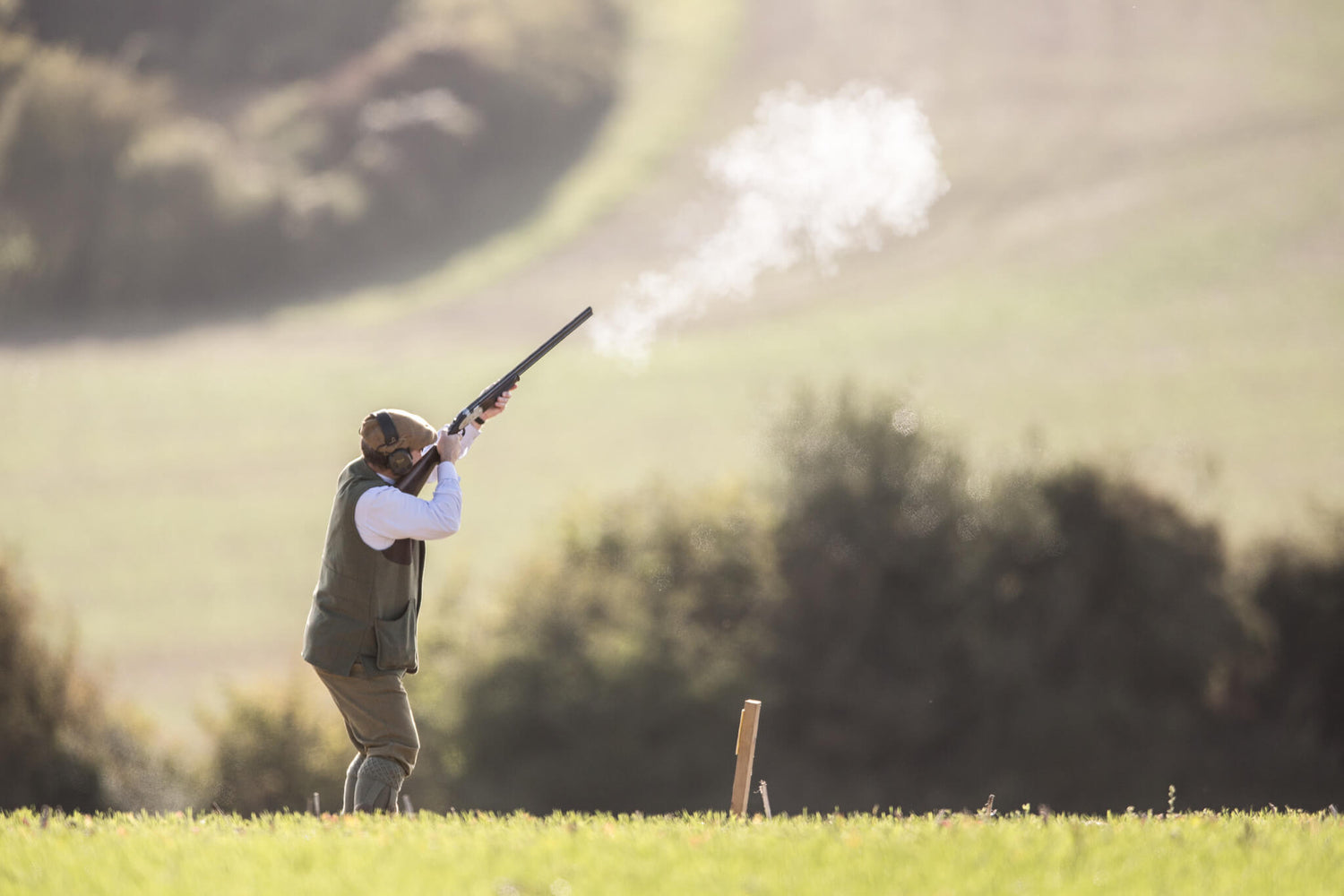
Image Credits: CC BY 2.0 Fieldsports Channel TV
Clay pigeon shooting is the sport of shooting at inanimate objects rather than live game birds.
The target in question is a clay target, popularly known as a clay pigeon and connects back to a time when live pigeons were the actual and intended quarry.
No longer, for all those of you who don’t have the appetite for pigeon pie!
Clay Pigeon shooting is actually a generic name for a number of different disciplines which all cluster together under this one banner.
Put simply, there are three different types of clay shooting:
- Trap
- Skeet
- Sporting
Within these three broad categories sit sub-divisions with their own specifications and regulations.
So What Is the Difference Between Clay and Skeet Shooting?

Image Credits: CC BY-ND 2.0 Wisconsin Department of Natural Resources
Clay shooting is just a generic term for the sport whereas skeet shooting is a specific and defined discipline. Skeet is a Scandinavian word which has been applied to a part of clay shooting that actually began its life in America.
In skeet shooting, there are two trap houses roughly 40 metres apart one at each end of a semi-circular half-moon. There are seven shooting positions on the semi-circle and clays are fired from both traps in singles or doubles on a pre-planned trajectory and at a set speed. There is an eighth station midway on a line between the first and the seventh shooting station.
In skeet shooting, the clays are fired as singles or doubles. Doubles are only shot at stations 1, 2, 6 and 7. Bear in mind that the two trap houses sit at different heights to one another too. The first fire may be a single and then a double when a single clay is released from both traps at the same time. The trick with this is to shoot the one moving away first.
The gun position is optional in skeet shooting so either a pre-mounted position or at the shoulder. The shooter calls and the targets are released immediately which is not always the case in some versions of skeet shooting.
Skeet shooting is a great competitive or tournament sport. Each shooter has their turn at a station before the group moves onto the next one in the line.
How Much Does It Cost?

Most clay shooting grounds will offer an introductory session for complete beginners or novice shooters.
This can be from as little as £25 although a budget of £50 is more realistic.
This cost includes the gun, the clays and any other equipment such as hearing protection and safety glasses. You do not need to wear any special clothing. Find a ground on the website of the Clay Pigeon Shooting Association (CPSA).
Going forward, most shooting schools will offer a discount for block booking of lessons and many also sell gift vouchers, a clever idea if you have a birthday coming up or it is near Christmas.
What’s the Best Way to Start?
The best way to start is with a recognised shooting school that use instructors who are members of the Association of Professional Shooting Instructors.
Safety is paramount and much of the early tuition is spent coaching and understanding how to handle a gun correctly.
A course of six or twelve lessons in fairly quick succession will help you build your skill base quickly which is encouraging, a bit like learning to drive. It is also more economical to purchase lessons in a block.
What to Wear?
In the early days, there is no requirement for any particular type of clothing other than something that is comfortable and practical for the task at hand and appropriate for the weather conditions – so that’s all four seasons in one day!
All the necessary safety equipment will be issued by the club or shooting school.
As you begin to acquire experience and start shooting more, you will quickly understand why there is almost a tweed uniform worn by experienced shooters.
Tweed is breathable and windproof so you will remain warm or cool as need be and it is also shower proof.
Tweed will cope with the inevitable fluctuations in temperature encountered if you spend more than a couple of hours outdoors in a field in England clay pigeon shooting.
A shooting jacket is a must, not least because it has loads of handy pockets for ear plugs, used cartridges and all the other paraphernalia that shooters need. A sturdy jacket will also take the strain when you are firing from the shoulder and provide some element of protection and padding.
Waistcoats are ideal for those some and some weather days and also when it is cold enough to need an extra layer without wanting to have any arm restriction whilst shooting. If the temperature warms up a little then a waistcoat makes the perfect layer over a shirt.
It is possible to combine practicality with style and nowhere is this is better demonstrated than in the range of clothing by Walker & Hawkes, real country people who actually wear what they sell. They offer a full range of shooting jackets, waistcoats, breeks for men and tweed flat caps, styled for practicality and designed to be hard wearing in all weathers.
Hunter Outdoor also have a collection of stylish country clothing which is tailor-made for shooting and can also be worn on other country occasions as well.
Tips for Beginners
- Identify your dominant eye as you will want to shoot on the side of your dominant eye to be most effective. Easy to do, just cover one eye and point at an object across the room, repeat the process with the other eye. The dominant eye is the one that allows you to remain focused on the target object whilst the other eye is covered. An instructor will establish this in your very first lesson.
- Know your terminology. A hit may still be referred to as ‘a kill’ and the target referred to as ‘a bird’. A missed target may be called ‘bird away’ and the machine which releases the clays, a trap.
- Learn how to adopt the correct stance as this will really determine how well you can shoot.
- Plan to kit yourself out in practical and appropriate clothing if you decide that clay shooting is for you.
- Always aim ahead of the clay. Think for a moment just how long it takes your shot to reach the clay. If you aim at the clay itself, you will almost invariably miss it.
- And don’t forget, practice makes perfect!
- If all else fails, buy yourself a copy of 101 Shooting Excuses.
Clay shooting is the perfect country sport to take up, there is lots of help available to get you started and it can be endlessly sociable as well. It is possible to shoot in some amazing locations and to shoot socially with a group of your own friends or established club. Some shooting grounds offer more than one type of shooting as well.
Isn’t It All Just Country People Who Shoot?
It is fair to say that clay pigeon shooting is for everyone and really does attract people from all walks of life; it is not just the preserve of the country set or the very rich.
It is possible with the correct tuition to become quite proficient at clay shooting pretty quickly unlike many other sports.
Clay pigeon shooting is, therefore, a popular corporate or charity day out and has some celebrity followers.
Peter Jones the well-known television dragon and business entrepreneur regularly organises charity shoot days for his own charity, the Peter Jones Foundation.
Philip Schofield, Ant and Dec, Spice Girl Geri Halliwell now Horner, have all strutted their stuff with a loaded gun in front of the traps.
Have a read of this blog if you want some real insight into this inclusive and accessible country sport.


















